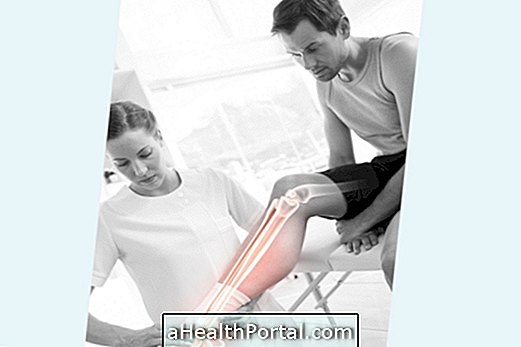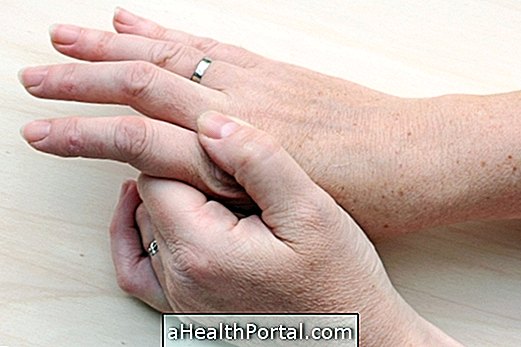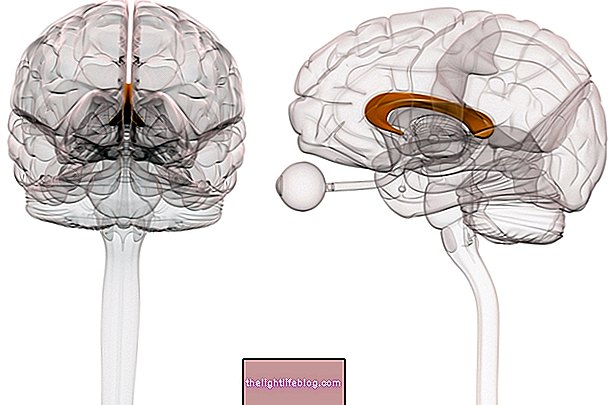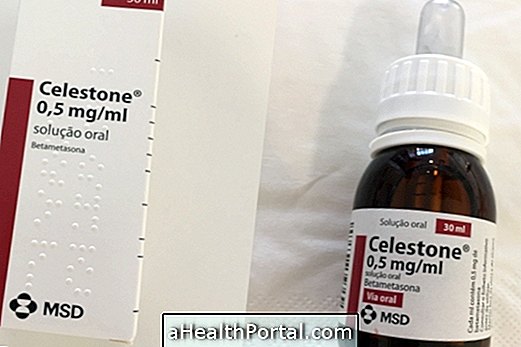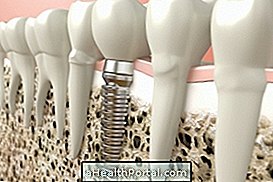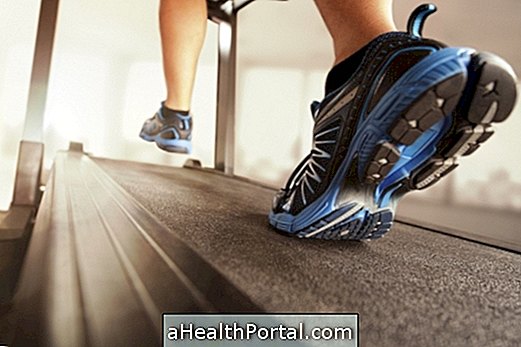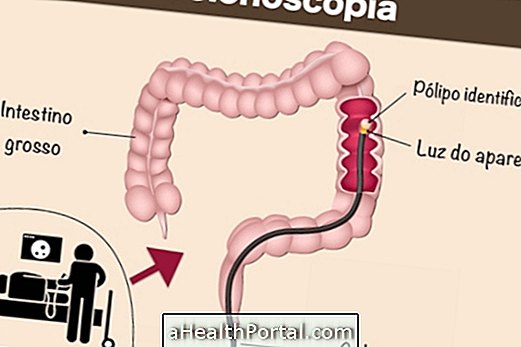Physical therapy after hip prosthesis should begin the first day after surgery and continue at home after discharge, to restore normal hip movement, maintain strength and range of motion, decrease pain, prevent complications such as dislocation of the prosthesis or formation of clots and prepare the return to daily activities.
The exercises should be guided by the physiotherapist and should be done for 20 to 30 minutes, 2 to 3 times a day, to speed recovery. In case of pain, the physiotherapist can use warm or cold compresses to relieve it and to be able to do the exercises.
It is very important to advise that you have a prosthesis in the hip if you have to do physiotherapy for another reason, so that the physiotherapist can take care of them.
Exercises after hip prosthesis
Exercises after hip prosthesis should be guided by the physiotherapist and include:
Right after surgery
Soon after surgery, it is important to do some exercises to strengthen muscles, improve hip movement, improve breathing, and increase blood circulation in the legs and feet, preventing clots from forming. Some examples of exercises that the physiotherapist can indicate may be:
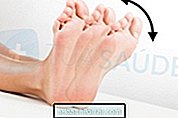


- Exercise 1: Lie down, pull your feet up, keeping your legs straight, for about 5 to 10 seconds. Repeat 10 times;
- Exercise 2: Slip the heel of the operated leg toward the buttock by bending the knee, not more than 90º, keeping the heel on the bed. Repeat 10 times and then do the other leg;
- Exercise 3: Slip the operated leg to the side, returning back to the center 10 times. Repeat on the other leg;



- Exercise 4: Tighten the butt muscles for 5 seconds. Do 10 reps;
- Exercise 5: Tighten the thigh muscles, keeping the knees straight for about 5 to 10 seconds. Repeat 10 times.
- Exercise 6: Raise the leg with the prosthesis, holding it straight, 10 times. Repeat 10 times for the other leg.
It is also important to do breathing exercises to better breathe, speed recovery and prevent respiratory problems such as pneumonia. Here's how to do these exercises: 5 exercises to breathe better after surgery.
At home
After discharge, when returning home, it is important to continue doing the exercises referred to above, which was done in the hospital. In addition to these exercises, the physiotherapist can guide other exercises such as:


- Exercise 1: Sitting in a chair, stretch the knee of the operated leg, not exceeding hip height, for 10 seconds. Repeat 10 times;
- Exercise 2: Standing on a chair, raise the leg with the prosthesis, not exceeding the height of the hip. Repeat movement 20 times;


- Exercise 3: Standing on a chair, open the operated leg to the side, keeping it stretched, without moving the hip and without turning the foot in or out, so that the prosthesis does not move. Repeat 20 times;
- Exercise 4: Standing on a chair, lift the leg with the prosthesis back and return to the starting position without moving the hip. Repeat the movement 20 times.
These exercises help maintain the strength and range of movements, strengthen muscles, speed recovery, and prepare for a return to daily activities.
See too:
- How to speed recovery after hip prosthesis
- Hip Arthroplasty


